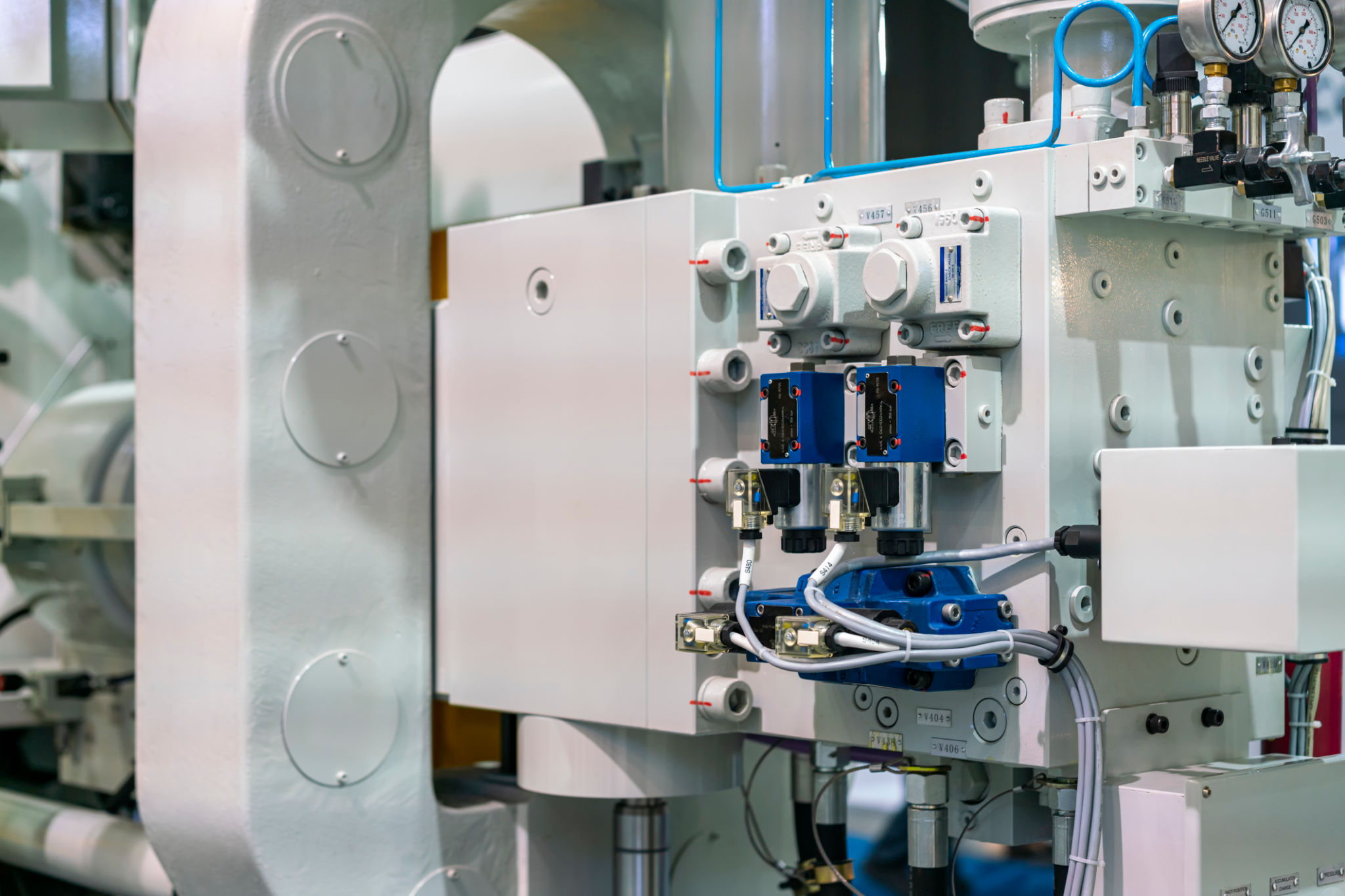Top Myths About High Pressure Processing Debunked
Understanding High Pressure Processing (HPP)
High Pressure Processing (HPP) is a non-thermal food preservation method that uses extreme pressure to inactivate pathogens and extend the shelf life of food products. Despite its growing popularity, there are several myths surrounding HPP that can create confusion. In this article, we aim to debunk these myths to provide a clearer understanding of this innovative technology.

Myth 1: HPP Compromises Nutritional Value
A common misconception is that HPP negatively affects the nutritional value of food. In reality, HPP preserves the nutritional quality of food better than traditional heat treatment methods. Since it is a non-thermal process, vitamins, minerals, and other nutrients are retained, maintaining the product’s original nutritional profile.
The process only targets harmful microorganisms and does not break down essential nutrients. As a result, foods processed through HPP often taste fresher and are more nutritious than those subjected to heat-based preservation.
Myth 2: HPP Is Only for Juices and Beverages
While HPP is commonly associated with cold-pressed juices, its applications extend far beyond beverages. The process can be used for a variety of food products, including meats, seafood, dairy, and ready-to-eat meals. This versatility makes HPP a valuable tool in the food industry for maintaining quality and safety across diverse product categories.

Myth 3: HPP Alters the Taste of Food
Another myth is that HPP changes the taste of food products. In truth, since HPP does not involve heat, it preserves the natural flavors of food more effectively than traditional pasteurization methods. Consumers often find that foods processed with HPP have a fresher taste, closely resembling their natural, unprocessed state.
This flavor preservation is one of the reasons why many gourmet brands choose HPP for their premium products, as it allows them to offer an authentic taste experience to their customers.
Myth 4: HPP Is Unnatural or Unsafe
Some people believe that HPP is an unnatural or unsafe method of food preservation. However, it is important to note that HPP uses water as the pressure medium and does not introduce any additives or chemicals into the food. The process is highly controlled and thoroughly tested to ensure safety.

Moreover, HPP has been recognized by food safety authorities worldwide as a safe method for inactivating harmful pathogens like Listeria, Salmonella, and E. coli, without compromising the integrity of the product.
Myth 5: High Cost Makes HPP Impractical
While it is true that initial setup costs for HPP equipment can be high, the long-term benefits often outweigh these costs. By extending shelf life and reducing waste due to spoilage, HPP can lead to significant savings in the supply chain. Additionally, the enhanced quality and safety of HPP-treated products can justify a premium price point, offering a potential return on investment.
For companies focused on sustainability and product quality, HPP provides a competitive edge that can enhance brand reputation and consumer trust.
Conclusion
In summary, High Pressure Processing is a cutting-edge technology that offers numerous benefits without compromising food quality or safety. By debunking these myths, we hope to clarify misconceptions and encourage broader adoption of this innovative method in the food industry. As consumers demand higher quality and safer food products, HPP continues to prove itself as a reliable and effective solution for modern food preservation.